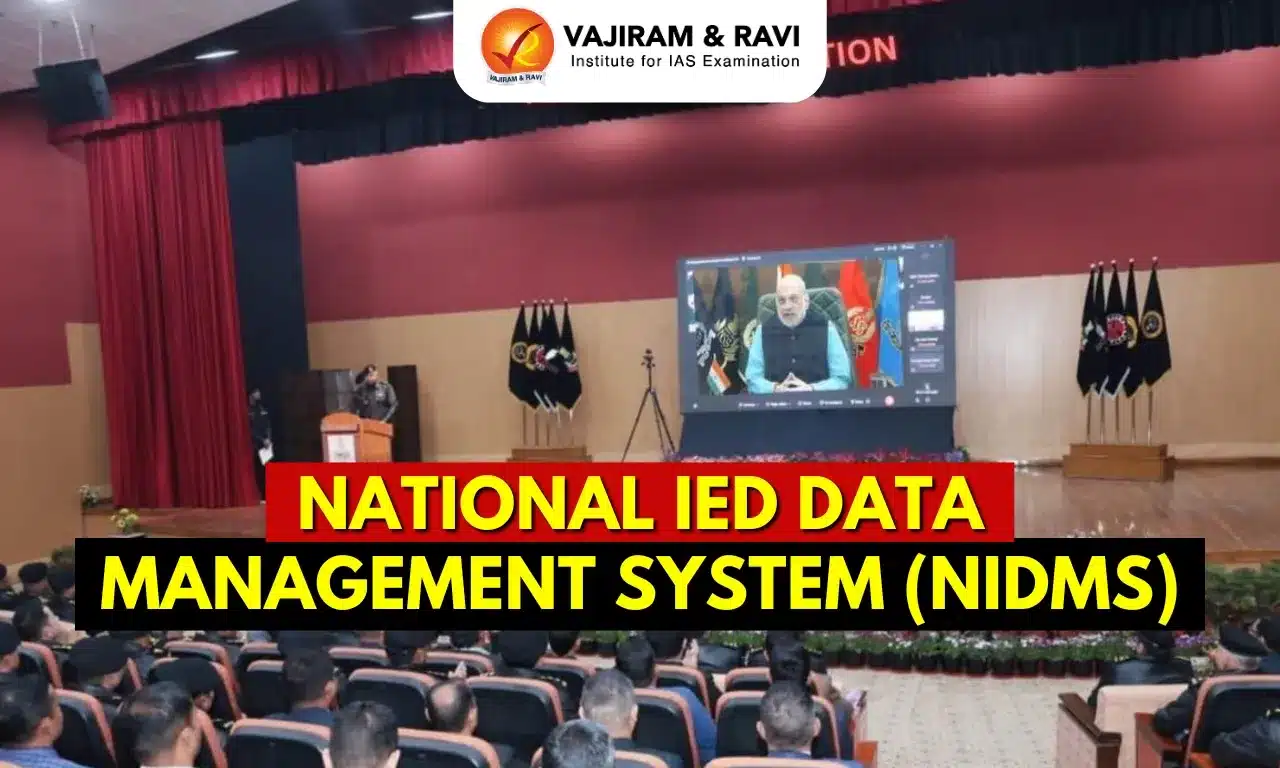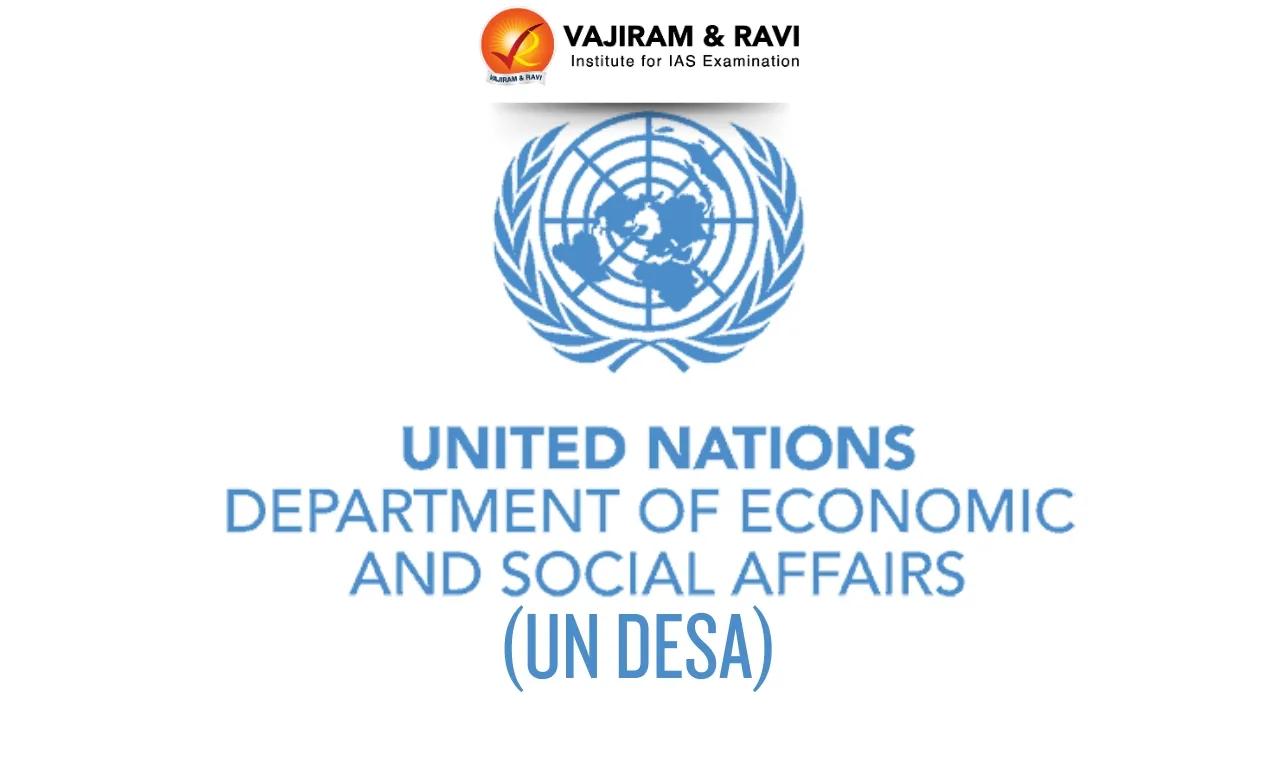About Majuli masks
- These are handmade masks traditionally used to depict characters in bhaonas, or theatrical performances with devotional messages under the neo-Vaishnavite tradition, introduced by the 15th-16th century reformer saint Srimanta Sankardeva.
- Srimanta Sankardeva established this art of masks through a play called Chinha Jatra.
- The word means explaining through images. At that time, to attract ordinary people to Krishna bhakti.
- The masks can depict gods, goddesses, demons, animals and birds — Ravana, Garuda, Narasimha, Hanuman, Varaha Surpanakha all feature among the masks.
- They can range in size from those covering just the face (mukh mukha), to those covering the whole head and body of the performer (cho mukha).
- Material used: The masks are made of bamboo, clay, dung, cloth, cotton, wood and other materials available in the riverine surroundings of their makers
- Traditional practitioners are working to take the art out of their traditional place in sattras, or monasteries, and give them a new, contemporary life.
- Sattras are monastic institutions established by Srimanta Sankardev and his disciples as centres of religious, social and cultural reform.
- Majuli has 22 sattras, and the patent application states that the mask-making tradition is by and large concentrated in four of them — Samaguri Sattra, Natun Samaguri Sattra, Bihimpur Sattra and Alengi Narasimha Sattra.
Key facts about Majuli manuscript painting
- It is a form of painting — also originating in the 16th century — done on sanchi pat, or manuscripts made of the bark of the sanchi or agar tree, using homemade ink.
- The earliest example of an illustrated manuscript is said to be a rendering of the Adya Dasama of the Bhagwat Purana in Assamese by Srimanta Sankardev.
- This art was patronised by the Ahom kings. It continues to be practised in every sattra in Majuli.
Q1) What is Vaishnavism?
It is the worship and acceptance of Vishnu (Sanskrit: “The Pervader” or “The Immanent”) or one of his various incarnations (avatars) as the supreme manifestation of the divine. During a long and complex development, many Vaishnava groups emerged with differing beliefs and aims.
Source: GI tag for Majuli masks of Assam: History, cultural significance of the centuries-old art form
Last updated on January, 2026
→ Check out the latest UPSC Syllabus 2026 here.
→ Join Vajiram & Ravi’s Interview Guidance Programme for expert help to crack your final UPSC stage.
→ UPSC Mains Result 2025 is now out.
→ UPSC Notification 2026 is scheduled to be released on January 14, 2026.
→ UPSC Calendar 2026 has been released.
→ UPSC Prelims 2026 will be conducted on 24th May, 2026 & UPSC Mains 2026 will be conducted on 21st August 2026.
→ The UPSC Selection Process is of 3 stages-Prelims, Mains and Interview.
→ Prepare effectively with Vajiram & Ravi’s UPSC Prelims Test Series 2026 featuring full-length mock tests, detailed solutions, and performance analysis.
→ Enroll in Vajiram & Ravi’s UPSC Mains Test Series 2026 for structured answer writing practice, expert evaluation, and exam-oriented feedback.
→ Join Vajiram & Ravi’s Best UPSC Mentorship Program for personalized guidance, strategy planning, and one-to-one support from experienced mentors.
→ UPSC Result 2024 is released with latest UPSC Marksheet 2024. Check Now!
→ UPSC Toppers List 2024 is released now. Shakti Dubey is UPSC AIR 1 2024 Topper.
→ Also check Best UPSC Coaching in India
















